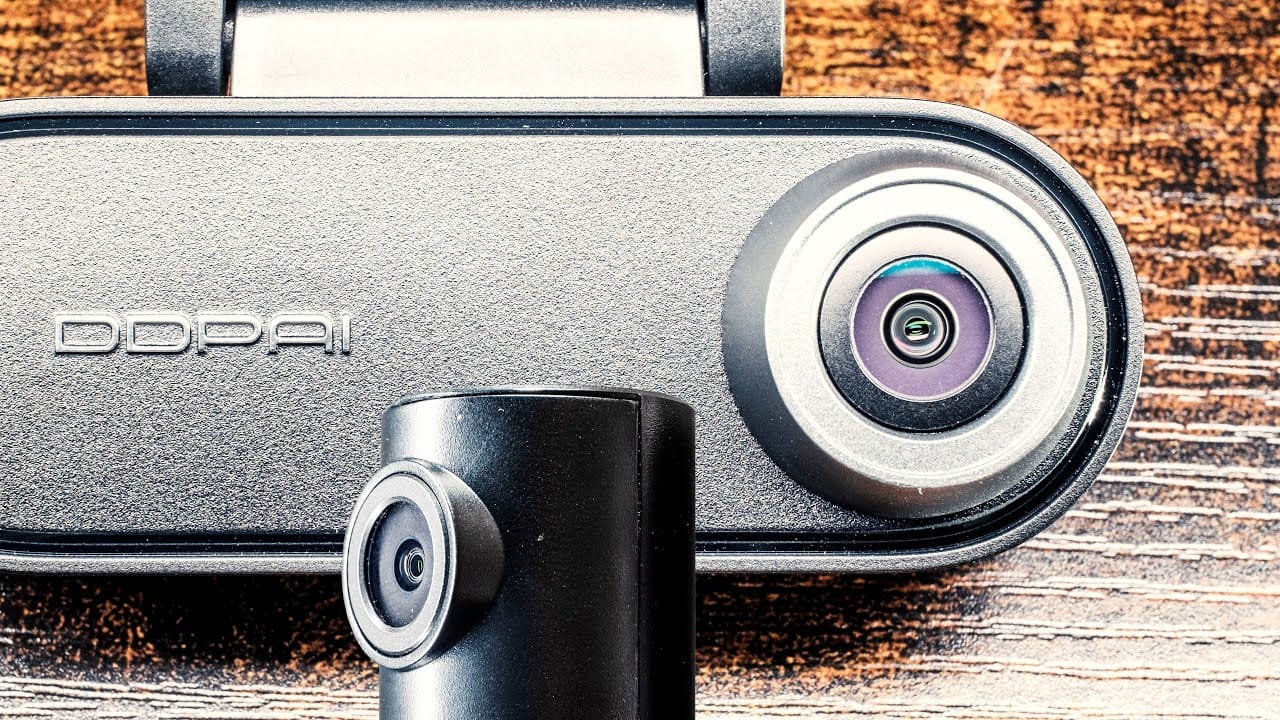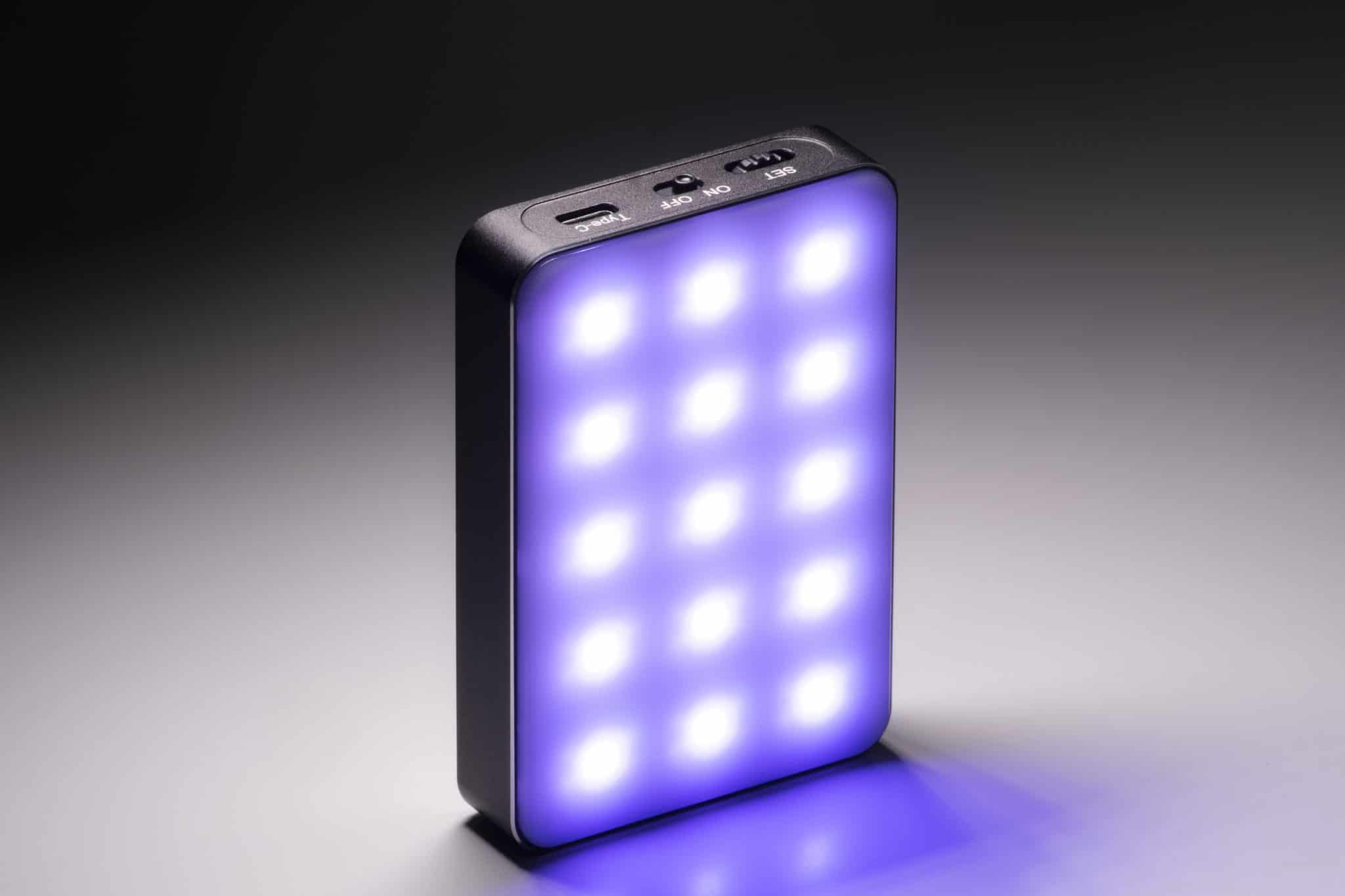I decided to put together a little video that shows the benefits and downsides of using a DSLR and an external recorder to capture audio.
I remember the times when most DSLRs didn’t have manual audio levels; there was no way of controlling the audio I was recording. Just like the auto-exposure of a camcorder I didn’t know what the result would be. I am very glad those times are over and I can decide if I want to record automatic or in manual mode. I have never heard of a professional actually recommending to record audio with a DSLR but to use an external audio recorder instead. Why? Because of the constant noise level in the audio track that can be irritating when playing the video really loud. The noise almost sounds like the noise from an old music tape but without the music. Especially when shooting in a quite environment or in a studio this noise level is audible. Besides that fact many DSLRs don’t have a headphone jack and you can’t change the audio levels while recording. To make it short – audio from DSLRs can be a nightmare.
This is the reason why we decided to buy an external audio recorder, the Tascam DR-40 that can do pretty much everything the average independent filmmaker needs. It has two XLR inputs and can record up to four tracks. It also can record one track at a lower level. Let’s say you record one track at 0 db than a second track, a back-up, can be recorded at -12db. This helps enormously and can save your recording if one track is overmodulated. It is also possible to plug in pretty much every microphone and most importantly: The noise is gone. The downside is that you have to sync the sound from the recorder with the video track from the DSLR. Syncing audio and video is never fun but tools like PluralEyes can do that job for you but they also cost money…
If you don’t want to use an external recorder there are still options to get good audio – but never as good as the audio captured with a dedicated device. It is all about choosing the right mic for each purpose. I lately used the RØDE Stereo VideoMic Pro a lot to capture ambient and surround sound. But such a mic isn’t always the right choice, as I said in the video. Most of the time I use a directional microphone especially for interviews and dialogue scenes.
The sequence we shot in the park was a good example that it is possible to use a mic like the VideoMic Pro (mono version) that is on top of the camera and two meters or more away. It is possible to use such a mic in quite places but as soon as other loud noises come along it won’t work. This was the example with the airplane flying very close. In general it makes sense to get the mic as close as possible to the person. But sometimes I want to capture not only the person’s voice but also the ambient sound at the same time. For that reason there are stereo mics that are also great to capture musical performances. It is also possible to plug a lavalier with a cable into a DSLR but most of the time a lavalier is chosen for mobility reasons and not to draw attention to the mic or to strangle somebody with the wire.
I usually record my voice-over’s with a directional microphone because I don’t want to capture anything else than my voice. I once tried a stereo microphone and it didn’t worked out. Problematic are the two channels: When I moved my mouth a little bit you could clearly hear my voice was getting quite on one box and on the other one loud. For standard voice-over recordings it just doesn’t make sense.
In the end the question remains why camera manufacturers don’t improve the audio quality and inputs? Hopefully this will be change sooner or later to make things easier for everybody.
I listed my recommended DSLR’s for you here!
Written by Moritz Janisch

